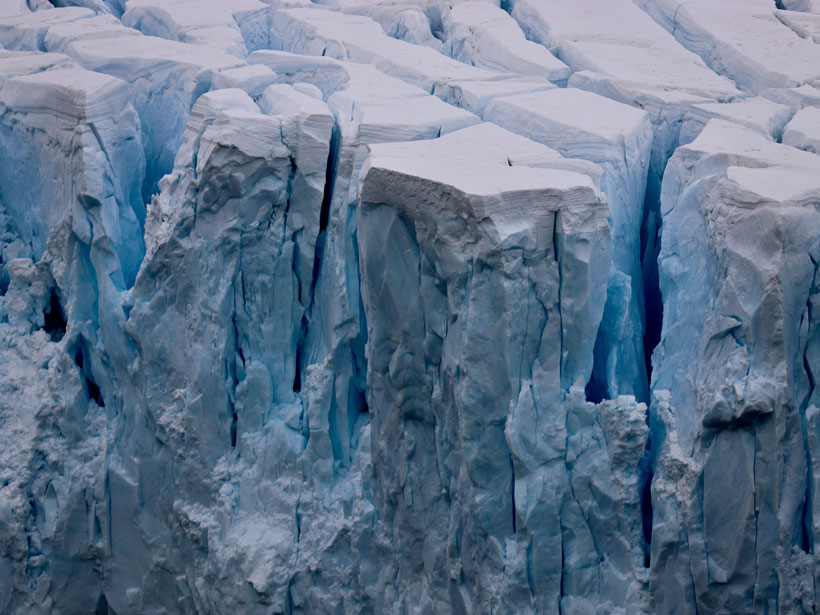What Earth and space science stories are we recommending this week?
News
Shrinking Ice Sheets Lifted Global Sea Level 14 Millimeters
Researchers measure both grounded and floating ice sheets using satellite data spanning a 16-year period.
No Mask? You May Not Worry About Climate Change, Either
People untroubled by climate change are more likely to forgo masks in public.
Humans Colonized Polynesia Much Earlier Than Previously Thought
Evidence from mud, charcoal, and feces suggests humans arrived in East Polynesia during the driest period in 2 millennia.
How Routine Monitors Weather the Pandemic Storm
Much of routine monitoring can be done remotely these days, but networks aren’t completely immune to COVID-19’s society-halting symptoms.
What It’s Like to Social Distance at Sea
A skeleton crew braves the first research cruise since the pandemic began.
The Closest Black Hole Is 1,000 Light-Years Away
An unseen object—probably a black hole—orbits with two normal stars in our cosmic neighborhood.
Pollution Spikes in Chile Tied to Soccer Fans’ Barbecuing
In Santiago, mysterious pollution spikes—tenfold above normal levels—occur during televised soccer matches and are caused by tens of thousands of barbecues, new results reveal.
Are We Seeing a New Ocean Starting to Form in Africa?
Although shallow magma storage at Erta Ale volcano hints at a rift-to-ridge transition, the tectonic future of the Afar region is far from certain.
This Week: We Thank Our Teachers
It’s Teacher Appreciation Week, so we’re thanking the educators who inspired and challenged us. #ThankATeacher!










